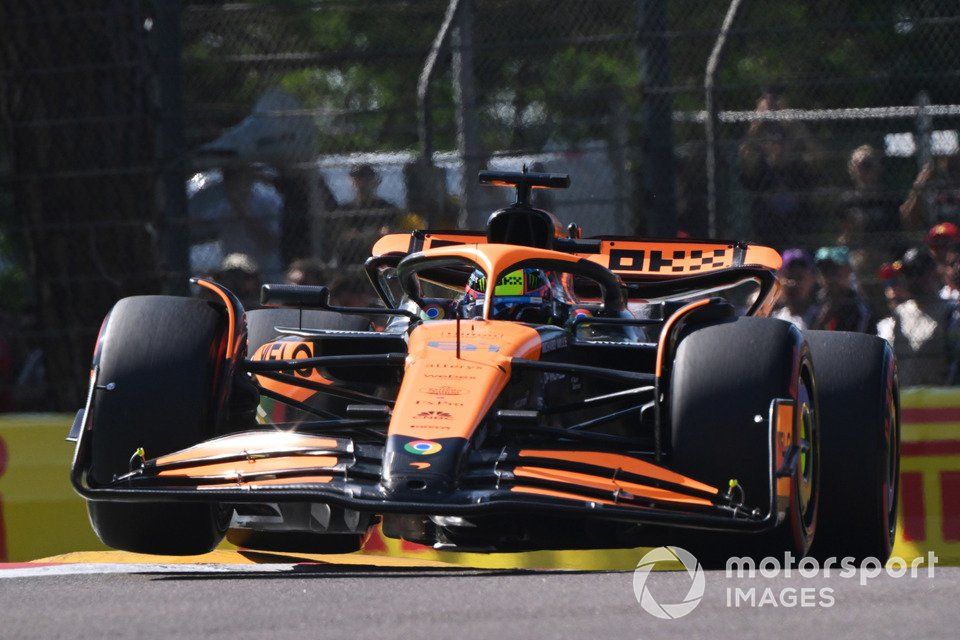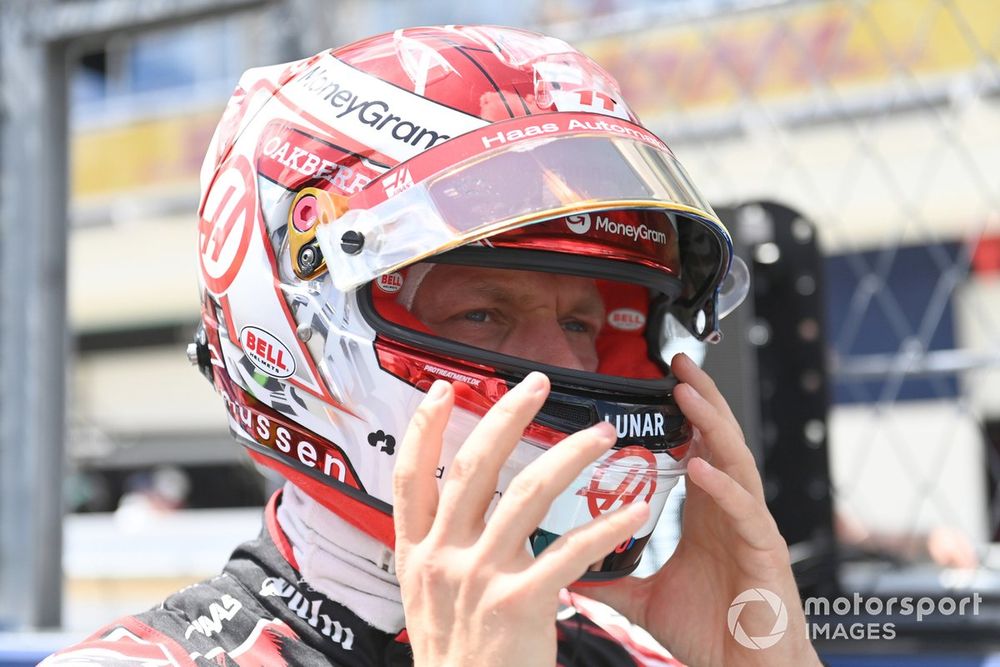Kevin Magnussen is set for a Formula 1 ban after reaching 12 penalty points on his superlicence following his Italian Grand Prix clash with Pierre Gasly.
The Dane was hit with a 10-second penalty for contact with Gasly at the Variante della Roggia chicane, as the stewards had deemed him wholly to blame for the incident.
This also came with the application of two penalty points, which brings him the Haas driver up to the maximum of 12 in a year-long period. Magnussen should thus miss the Azerbaijan Grand Prix later this month, depending on any appeals process.
The stewards’ report read: «The stewards reviewed video and in-car video evidence. On the approach to Turn 4, car 20 attempted to overtake car 10 on the inside.
«Whilst car 20 had its front axle past the mirror of car 10, the driving standards guidelines specify that an overtaking car has to ‘be driven in a safe and controlled manner throughout the manoeuvre’.
«The stewards determined that this was not the case for car 20 and hence the driver was wholly to blame for the collision and hence the standard penalty and penalty points are allocated.»

Pierre Gasly, Alpine A524, Kevin Magnussen, Haas VF-24
Photo by: Sam Bagnall / Motorsport Images
Magnussen had accrued his earlier 10 penalty points in the opening five races of season, meaning that a ban had long dangled above his head should he make any further indiscretions.
Although he avoided taking any more penalty points after picking up five during the Miami GP weekend, the two added to his tally at Monza moves him to the threshold required for a race ban.
Magnussen was «completely confused» by the decision, feeling that it was a smaller incident compared to the earlier clash between team-mate Nico Hulkenberg and Daniel Ricciardo that earned a larger penalty.
«I don’t understand it at all, just completely confused,» Magnussen said.
«Me and Gasly raced hard into Turn 4. Before, we had slight contact, we both missed the corner, came back on track again, no damage to either car, no consequence to the race of either of us, and I get a 10-second penalty.
«But lap one, Ricciardo put Nico in the grass at 300km/h, completely destroyed Nico’s race, massive consequence and damage to Nico’s car, and he gets a five-second penalty. Where’s the logic? I just don’t get it.»

Oliver Bearman, Haas VF-24
Photo by: Andy Hone / Motorsport Images
It is currently unknown if Haas will appeal the decision, as Ollie Bearman and Pietro Fittipaldi remain on standby as reserve drivers.
Bearman has already raced this season as cover for Carlos Sainz at Jeddah, as the Spaniard was recovering from appendicitis, while Fittipaldi covered for Romain Grosjean after the Frenchman’s horror crash at the 2020 Bahrain Grand Prix.
Magnussen’s 12 penalty points
Saudi Arabian Grand Prix — Causing a collision with Alex Albon — 3 points
Chinese Grand Prix — Causing a collision with Yuki Tsunoda — 2 points
Miami Grand Prix — Leaving the circuit and gaining an advantage on multiple occasions — 3 points
Miami Grand Prix — Causing a collision with Logan Sargeant — 2 points
Italian Grand Prix — Causing a collision with Pierre Gasly — 2 points


























